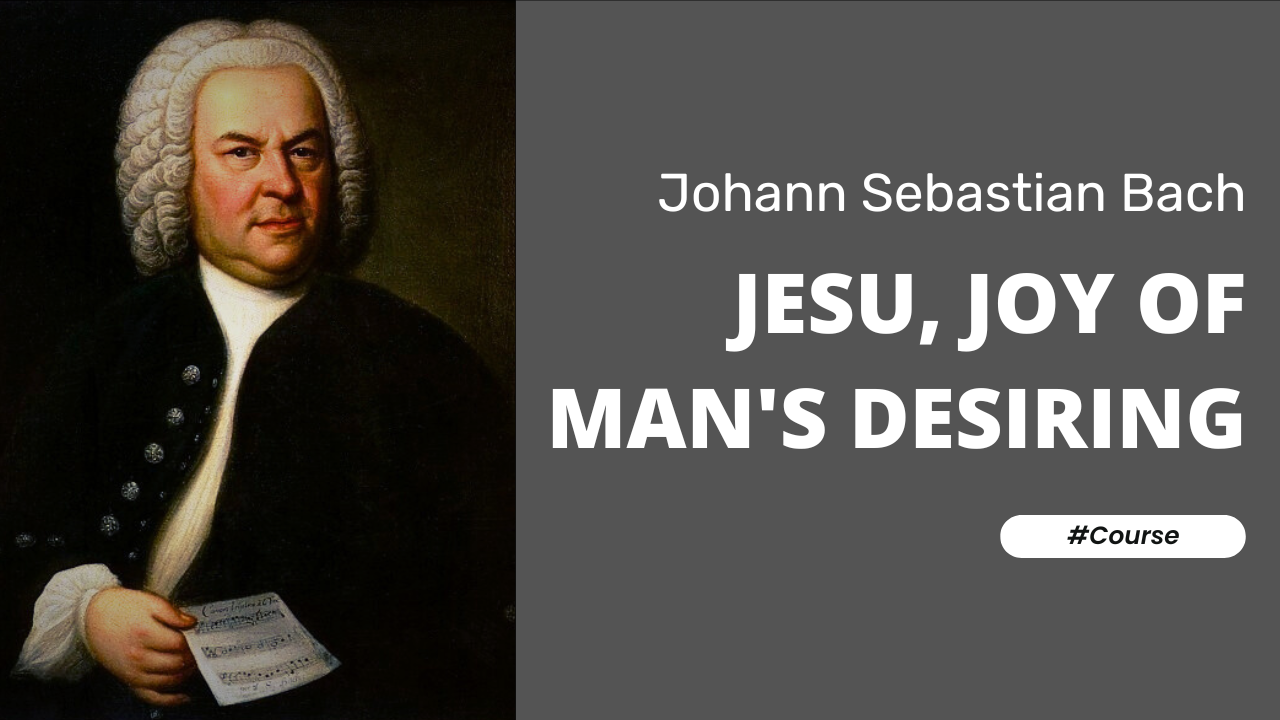Bourrée in E Minor by Johann Sebastian Bach
Introduction
“Bourrée in E minor” by Johann Sebastian Bach is one of the most beloved and frequently performed pieces in the classical guitar repertoire. Originally part of Bach’s “Suite in E minor for Lute, BWV 996,” this piece has been expertly transcribed for classical guitar, allowing guitarists to explore Bach’s masterful counterpoint and rhythmic vitality. The bourrée, a lively dance of French origin, is characterized by its brisk tempo and distinctive rhythm, which Bach skillfully weaves into a complex and engaging musical narrative.
Playing “Bourrée in E minor” on classical guitar requires both technical proficiency and a deep understanding of Baroque stylistic conventions. The piece features a blend of melodic lines and harmonic textures, demanding precise fingerwork and control. Guitarists must navigate its fast-paced, intricate passages with clarity and articulation, bringing out the interplay between the voices.
The appeal of “Bourrée in E minor” lies in its combination of rhythmic drive and melodic elegance. Its energetic yet sophisticated character makes it a favorite among both performers and audiences. This piece offers guitarists a chance to delve into Bach’s rich musical language, showcasing the guitar’s ability to convey the intricate polyphony and expressive depth typical of Bach’s compositions. Performing this piece not only honors Bach’s genius but also highlights the versatility and expressive power of the classical guitar.
I first learned this piece many years ago when I was still quite new to the guitar. From memory I learned it going into my second year of guitar study after watching Yngwie Malmsteen play it during a concert on television.
This is a great example of contrapuntal writing whereby 2 distinct melodic lines play simultaneously. When playing it’s important to keep the lines separate where required and not to let one overpower the other.
Musical Style
Johann Sebastian Bach’s musical style is a cornerstone of the Baroque era, characterized by intricate counterpoint, robust harmonic structures, and expressive melodies. His compositions often exhibit a masterful use of fugue and canon, showcasing his ability to create complex, interwoven musical lines. Bach’s music seamlessly blends intellectual rigor with emotional depth, reflecting his deep understanding of both sacred and secular traditions. His works range across numerous genres, including concertos, cantatas, sonatas, and orchestral suites, each marked by a meticulous attention to detail and a profound sense of artistry. Bach’s influence on Western classical music is unparalleled, with his works continuing to inspire and challenge musicians and composers alike.
Notable Pieces
Five notable pieces by Johann Sebastian Bach:
• The Well-Tempered Clavier
• Brandenburg Concertos
• Mass in B Minor
• St. Matthew Passion
• Toccata and Fugue in D Minor
Let your fingers fly!
Josh
Course Instructor
Bourree in E minor Course
About this Course
Introduction
“Bourrée in E minor” by Johann Sebastian Bach is one of the most beloved and frequently performed pieces in the classical guitar repertoire. Originally part of Bach’s “Suite in E minor for Lute, BWV 996,” this piece has been expertly transcribed for classical guitar, allowing guitarists to explore Bach’s masterful counterpoint and rhythmic vitality. The bourrée, a lively dance of French origin, is characterized by its brisk tempo and distinctive rhythm, which Bach skillfully weaves into a complex and engaging musical narrative.
Playing “Bourrée in E minor” on classical guitar requires both technical proficiency and a deep understanding of Baroque stylistic conventions. The piece features a blend of melodic lines and harmonic textures, demanding precise fingerwork and control. Guitarists must navigate its fast-paced, intricate passages with clarity and articulation, bringing out the interplay between the voices.
The appeal of “Bourrée in E minor” lies in its combination of rhythmic drive and melodic elegance. Its energetic yet sophisticated character makes it a favorite among both performers and audiences. This piece offers guitarists a chance to delve into Bach’s rich musical language, showcasing the guitar’s ability to convey the intricate polyphony and expressive depth typical of Bach’s compositions. Performing this piece not only honors Bach’s genius but also highlights the versatility and expressive power of the classical guitar.
I first learned this piece many years ago when I was still quite new to the guitar. From memory I learned it going into my second year of guitar study after watching Yngwie Malmsteen play it during a concert on television.
This is a great example of contrapuntal writing whereby 2 distinct melodic lines play simultaneously. When playing it’s important to keep the lines separate where required and not to let one overpower the other.
Musical Style
Johann Sebastian Bach’s musical style is a cornerstone of the Baroque era, characterized by intricate counterpoint, robust harmonic structures, and expressive melodies. His compositions often exhibit a masterful use of fugue and canon, showcasing his ability to create complex, interwoven musical lines. Bach’s music seamlessly blends intellectual rigor with emotional depth, reflecting his deep understanding of both sacred and secular traditions. His works range across numerous genres, including concertos, cantatas, sonatas, and orchestral suites, each marked by a meticulous attention to detail and a profound sense of artistry. Bach’s influence on Western classical music is unparalleled, with his works continuing to inspire and challenge musicians and composers alike.
Notable Pieces
Five notable pieces by Johann Sebastian Bach:
• The Well-Tempered Clavier
• Brandenburg Concertos
• Mass in B Minor
• St. Matthew Passion
• Toccata and Fugue in D Minor
Let your fingers fly!
Josh
Course Instructor
Bourree in E minor Course




